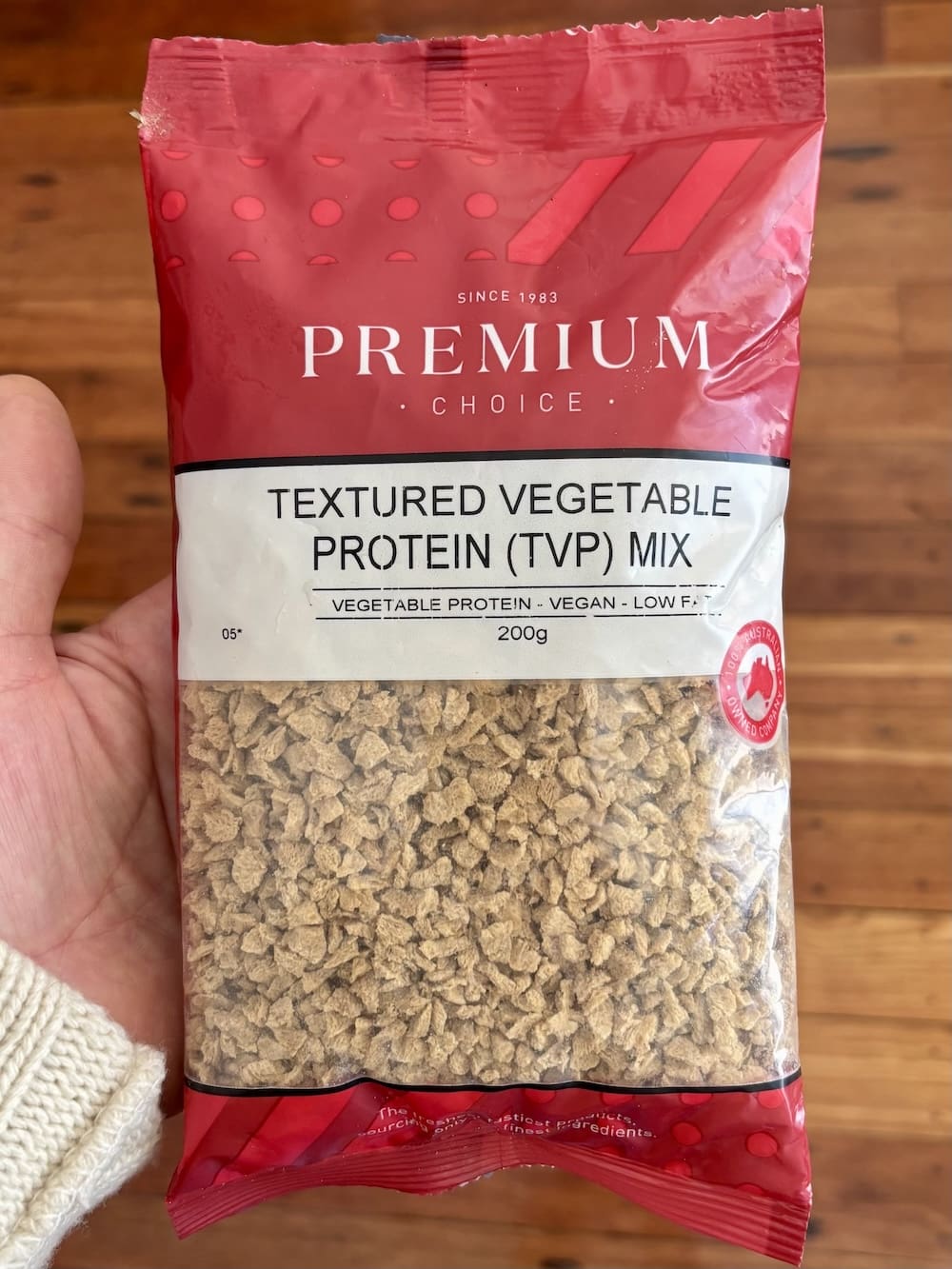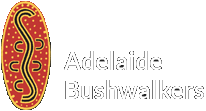Everyone knows protein is important on hikes. If you don’t factor enough in, your body may not adequately manage its wear and tear. The result is a gradual loss of strength and endurance instead of a gain in fitness. It isn’t a big deal for just a few days but the longer the trip, the more it matters.
The amount needed is up for debate, but it’s somewhere between 30 and 80g per day. But like so much in nutrition, we can’t boil it down to just one number. As well as the quantity of protein, we also need to assess the quality.
What Is Protein Quality?
Imagine a car factory that can’t get enough supplies of a critical part. They can’t produce the car without it, so the number of cars they can make becomes limited to the number of that part they can get. We could call this a rate-limiting part.
Proteins are also built up from a number of critical parts, in this case 20 different amino acids. Of these, nine can’t be made in the human body and must be eaten. Therefore, if there is a shortfall of one of these, whole proteins won’t be made any faster than the body can acquire that missing amino acid. The other remaining amino acids can’t be stored and end up going to waste.
The quality of any protein is therefore relative to who needs it. You’re an animal, so you’ll be making animal proteins. Therefore, it’s a good bet that if you eat animal proteins, they will contain the perfect ratio to make more proteins without running out of one or more amino acids. This would be a high-quality protein for you.
Now let’s go to the other extreme. Wheat flour contains 10% protein. Sounds good, right? Wrong. It’s lacking in three essential amino acids, lysine, leucine and threonine. This for a human is a low-quality protein. On its own, your body won’t be able to make good use of it.
Animal Protein Options
Therefore, the most obvious way to get the required spread of amino acids is to carry them in the form of high quality animal proteins. Two successful approaches have become common.
The first is to simply carry whey powder and have a protein shake each day. This means you don’t have to worry about your meal balance as much.
The second is to buy commercially prepared, dehydrated hiking meals from your camping store. There is such a wealth of nutritious, shelf-stable options available it’s no wonder that these have come to dominate most hiking trips.
On the other hand, making your own meals using animal products has always been a challenge. When fresh, they spoil quickly, whereas when preserved, it’s hard to supply enough protein without affecting taste and digestion. If you visit our page on simple bushwalking meals you will find a few recipes to choose from.
Plant Protein Options
Plant proteins make satisfying and nutritious meals, and are easy to carry, but contain imperfect amino acid profiles. How can we make them work?
Have a look at traditional diets where meat is in short supply and you’ll see one answer. Societies that worked it out thrived and multiplied, and presumably those that didn’t, well, didn’t. What they hit upon thousands of years ago is that their kids grew well on certain combinations. Many examples comprise legumes (beans, peas) added to grains. Dahl and rice, beans and corn, and so on.
One look at the table below will show you why it works. Here is a quote from the same paper.
“Lysine is often limiting in grain proteins, but such proteins are good sources of the sulfur-containing amino acids. On the other hand, legumes are often rich sources of lysine but are limiting in sulfur-containing amino acids. Consumption of these two protein sources over the course of the day allows them to “complement” one another, helping to meet requirements for both types of indispensable amino acids.” Reference.
| Protein | Score 1** | Score 2*** | Limiting Amino Acid |
| Milk | 1.00 | 1.08 | None |
| Whey | 1.00 | 0.90 | His |
| Soy | 1.00 | 0.92 | SAA |
| Canola | 1.00 | NA | AAA |
| Potato | 1.00 | 0.85 | His |
| Pea | 0.91 | 0.66 | SAA*, Trp |
| Quinoa | 0.84 | NA | Ile, Leu, Lys*, Thr, Val |
| Chickpea | 0.71 | 0.69 | Leu, Lys, SAA*, Thr, Trp, Val |
| Lentils | 0.80 | 0.75 | Leu, SAA*, Thr, Trp, Val |
| Red Kidney beans | 0.74 | 0.61 | Leu, Lys, SAA*, AAA, Thr, Trp, Val |
| Fava/faba | 0.67 | NA | Lys, SAA*, Thr, Trp, Val |
| Barley | 0.76 | 0.50 | Lys* |
| Pinto beans | 0.66 | NA | His, Ile, Leu, Lys, SAA*, AAA, Thr, Trp, Val |
| Rice | 0.64 | 0.52 | Lys*, Thr |
| Oat | 0.62 | 0.44 | Lys*, Thr |
| Peanut | 0.55 | 0.47 | Ile, Leu, Lys*, SAA, Thr, Trp, Val |
| Wheat | 0.54 | 0.39 | Ile, Leu*, Lys*, AAA, Thr*, Val |
| Corn | 0.50 | 0.38 | Ile, Lys*, SAA, Thr*, Trp*, Val |
**PDCAAS = Protein Digestibility Corrected Amino Acid Score FAO FN Paper 92 2011, older child, adolescent, adult
***DIAAS = Digestible Indispensable Amino Acid Score
So if you make meals in the same way from a combination of legume and grain you should do well. As a bonus, plant protein sources are easy to carry without spoiling.
The astute among you will have wondered what ‘over the course of the day’ means. If I eat one plant protein, how soon after do I need to eat the other so that my body can make the best use of both? The rough answer is three hours, but ideally we would eat them together.
High Quality Plant Proteins
So that’s one easy way. The main disadvantage of cooking legumes is that they need at least some simmering, and are best soaked first. Unless you’ve pre-made and dehydrated the meal, it’s not going to be a case of ‘just add water’.
Thankfully, the table contains another solution: some plant proteins are better than others. In fact, a few look so good that they don’t seem to need a second plant protein at all.
It’s not quite that simple, but almost. We also need to check how much of that protein is in there. Potato protein looks great, but it only makes up 1.3% of Deb Instant Mashed Potato. On the other hand, soy protein makes up more than 50% by weight of Textured Vegetable Protein, or TVP.

TVP: Just The Facts
If you haven’t used it yet, here is a plug for this wonder ingredient.
- It has little to no flavour of its own
- It picks up whatever flavours are around
- It reconstitutes quickly
- It has a mince-like texture
- It’s found in most or all supermarkets e.g. Coles & Woolies
- It’s cheap
- It’s lightweight and keeps for months if kept dry
So in summary, there are three ways to ensure your body gets enough protein on a hike:
- Consume long-life animal proteins
- Make recipes with complementary plant proteins
- Add TVP to each meal
Previous: Trevor’s Horror Night In The Alps

Comments (0)